Data Mining Drug Experience
Data mining drug-induced streams of consciousness can yield scientific hypotheses
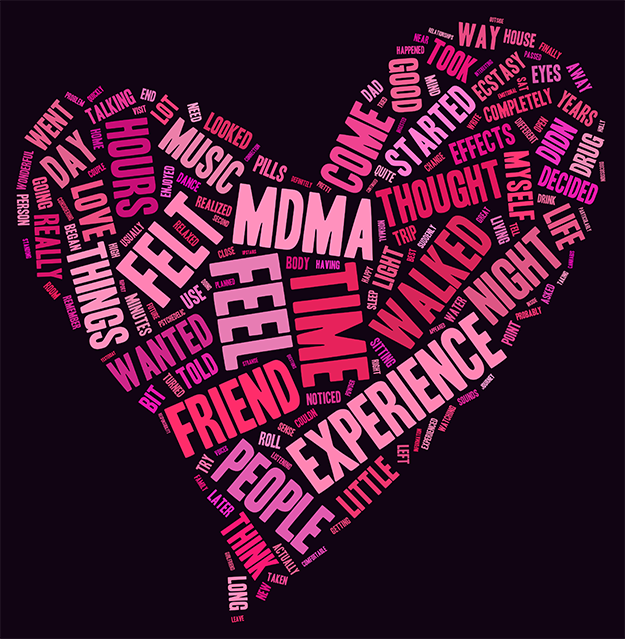
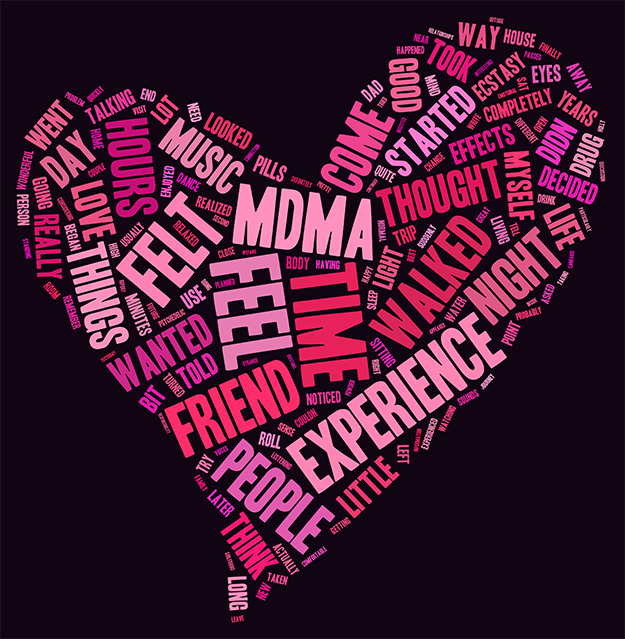

An experiment featured in Scientific American's blog network chronicles where data visualisation and counter-culture collide. By data mining the 'trip diaries' of drug users the subjective experiences of different narcotics is illuminated. When this new information is combined with existing scientific drug data it's possible to produce new hypotheses about the physiological basis & consequences of drug use.
Ms. Melody set out to explore the language used by people when inebriated on a variety of street drugs. She pulled data from erowid.org, a website where users chronicle their experiences. Her infographics visualise the words associated with each drug (the blog post is long, but well worth a read).
The research is similar in methodology to an earlier investigation conducted by University of Berkeley. Jeremy Coyle et al also utilised data from erowid, but their purpose was to see if scientific hypotheses could be generated from the words people attribute to their highs. They narrowed their focus to 10 drugs, ranging from MDMA to DMT. The process bore fruit: they found a high incidence of nausea in the lesser known street drugs 'europa' and 'the light'. By indexing this data alongside the chemical structure of both drugs they inferred that each drugs stimulation of the 5â€HT-3 receptor (part of our neurotransmission network) was a likely cause of nasusea in human users.
Research into the effects of drug use can be tricky due to the illegality of many of the substances. While not groundbreaking news the enterprising spirit of these scientists is exactly what data driven science is all about. With a quantified self movement producing ever more medicinal data exhaust such methodologies could become more useful still.
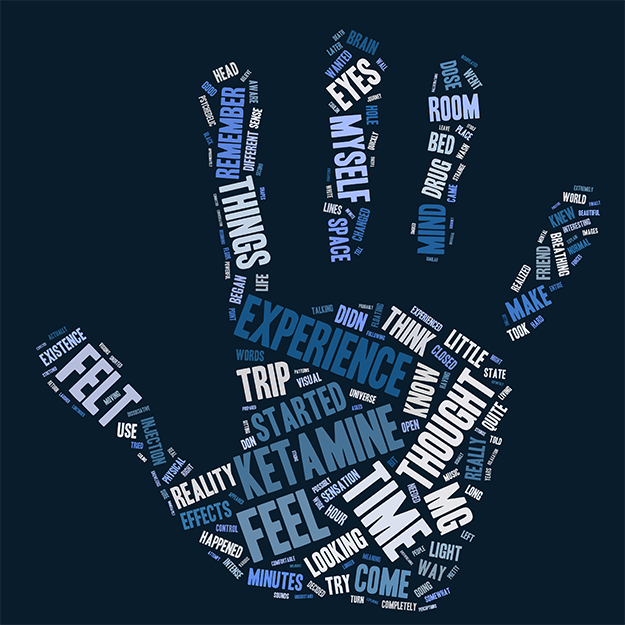
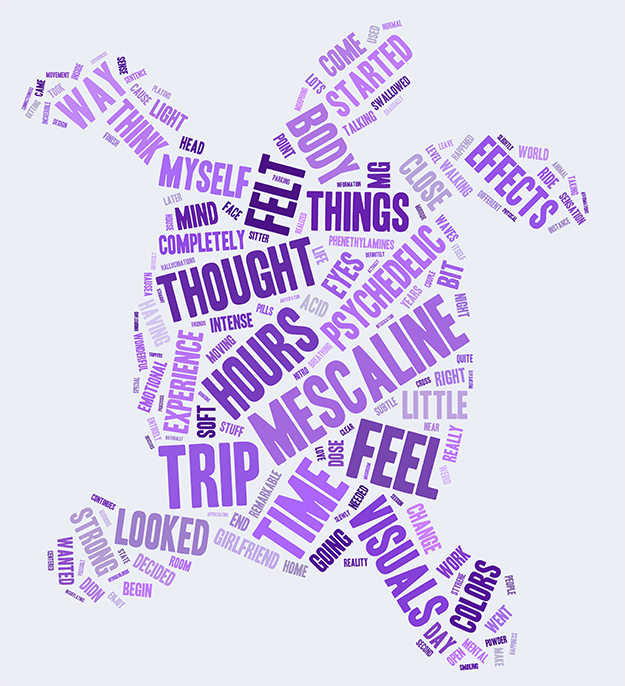
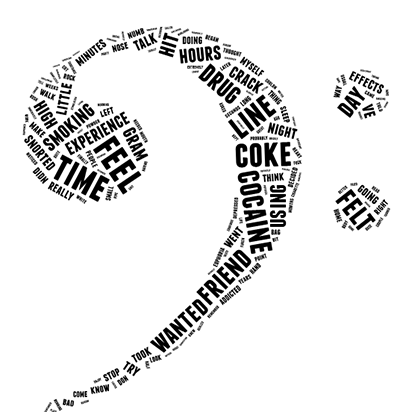



Discussion